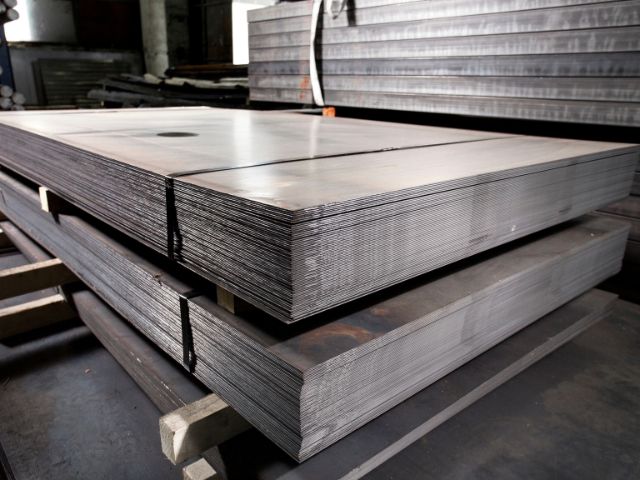
We can only assume that when Aladdin talked about shining, silvering splendor in “A Whole New World,” he was referring to stainless steel. Clean and polished stainless steel is stunning, but it may look dingy and worn with time. Here is our brief guide on how to clean and maintain your stainless-steel products.
A great way to clean filth and grime off stainless-steel surfaces is by using a damp cloth soaked in warm soapy water. This soft tool won’t harm your stainless steel but will eliminate most blemishes without scratching the surface.
It’s difficult but not impossible to remove ink stains from stainless steel. Solvents like isopropyl alcohol and xylene can erase ink, but they might leave marks on stainless steel, so testing them in an inconspicuous spot beforehand is important. After removing the stain using a paper towel, wash the area with warm soapy water.
Oil stains are a common issue in kitchens and garages. Xylene or isopropyl alcohol can usually remove most oil stains. If neither does the trick, you may use mineral spirits and wash it off with hot water. We highly recommend that you test these solutions out beforehand.
Mineral spirits and isopropyl alcohol also work wonders for removing adhesive markings from stainless steel. Soaking may be necessary to soften the adhesives. Remember, always test your new cleaning product in an inconspicuous location and wash the affected area afterward.
Mild corrosion may develop when impurities like chlorides or loose iron particles remain in contact with stainless steel. If you don’t clean your stainless steel properly, it may cause permanent stains and pitting in your stainless steel surfaces.
Rust on the surface or in the joints of your stainless steel, no matter how little, is a problem you cannot wait to address. Rust stains are removable using a phosphoric, oxalic, or sulfamic acid cleanser. Fortunately, stainless steel is better than galvanized steel because it can fend off rust better than its counterpart.
You shouldn’t clean stainless steel with anything abrasive, like sandpaper, steel wool, metal brushes, or scouring pads. Gentle abrasives may be appropriate in some cases. Nevertheless, you should always spot-test the product and let the material dry before cleaning the whole thing.
Workers handling acid or corrosive cleansers should wear protective eyewear, aprons, gloves, and other gear. Cleaning discoloration and protecting the surface with an electrolytic weld cleaner means you can wear less protective gear.
Always clean stainless steel in a well-ventilated location and ensure there won’t be any chemical splashes onto other surfaces.
If you must use acid to clean stainless steel parts, apply the acid first, then slowly and carefully apply the water rather than the other way around. Before working with any acid, it’s important to familiarize yourself with the manufacturer’s safety precautions.
Always check the instructions, even if you’ve used the product before. Remember, not all cleaning solutions work the same, and various formulations have distinct storage and disposal needs.
Learning to clean and maintain your stainless-steel products guarantees that everything works properly and for an extended period. Try to be proactive about it to prevent problems that could lead to irreversible damage.
24World Media does not take any responsibility of the information you see on this page. The content this page contains is from independent third-party content provider. If you have any concerns regarding the content, please free to write us here: contact@24worldmedia.com